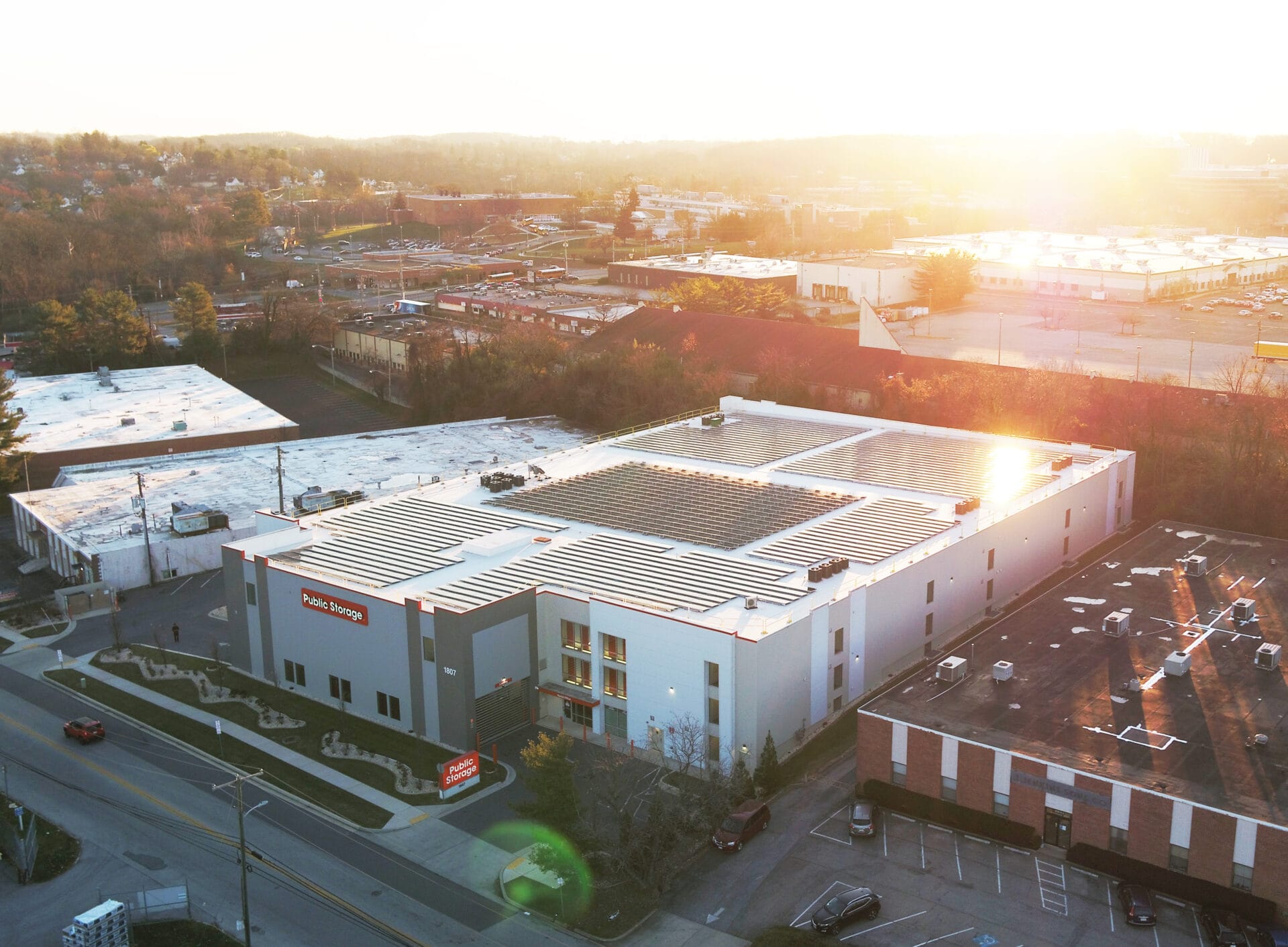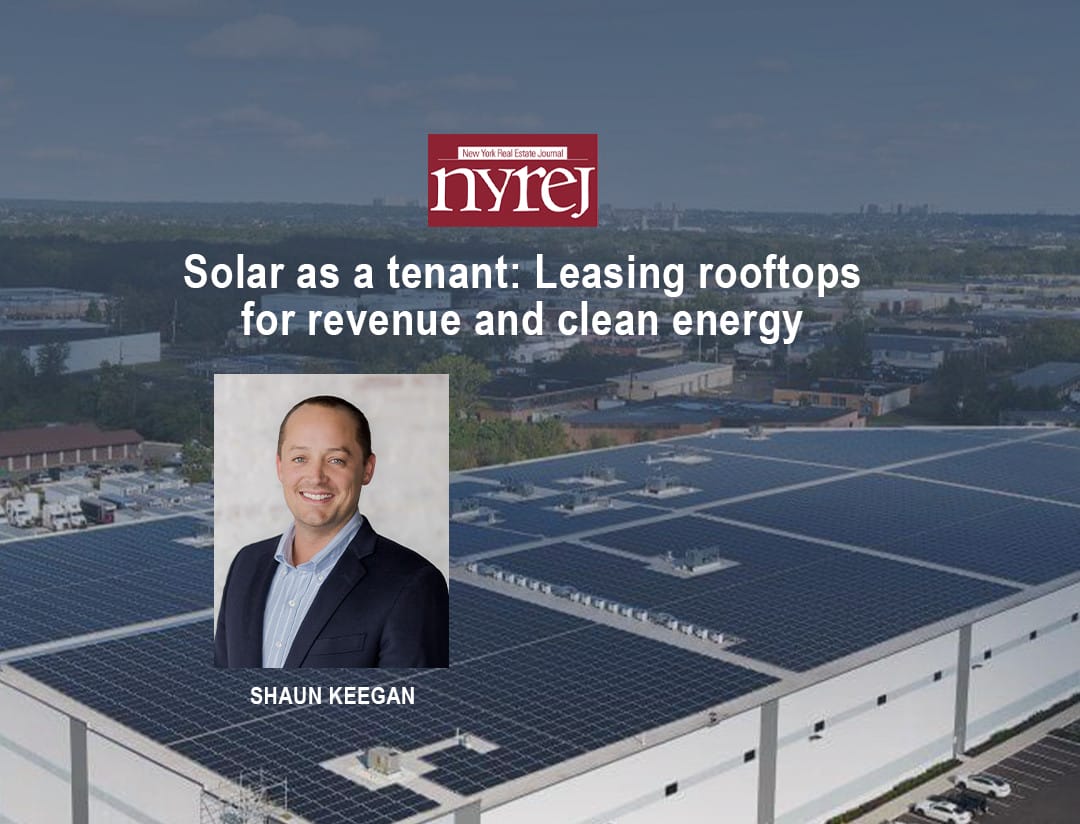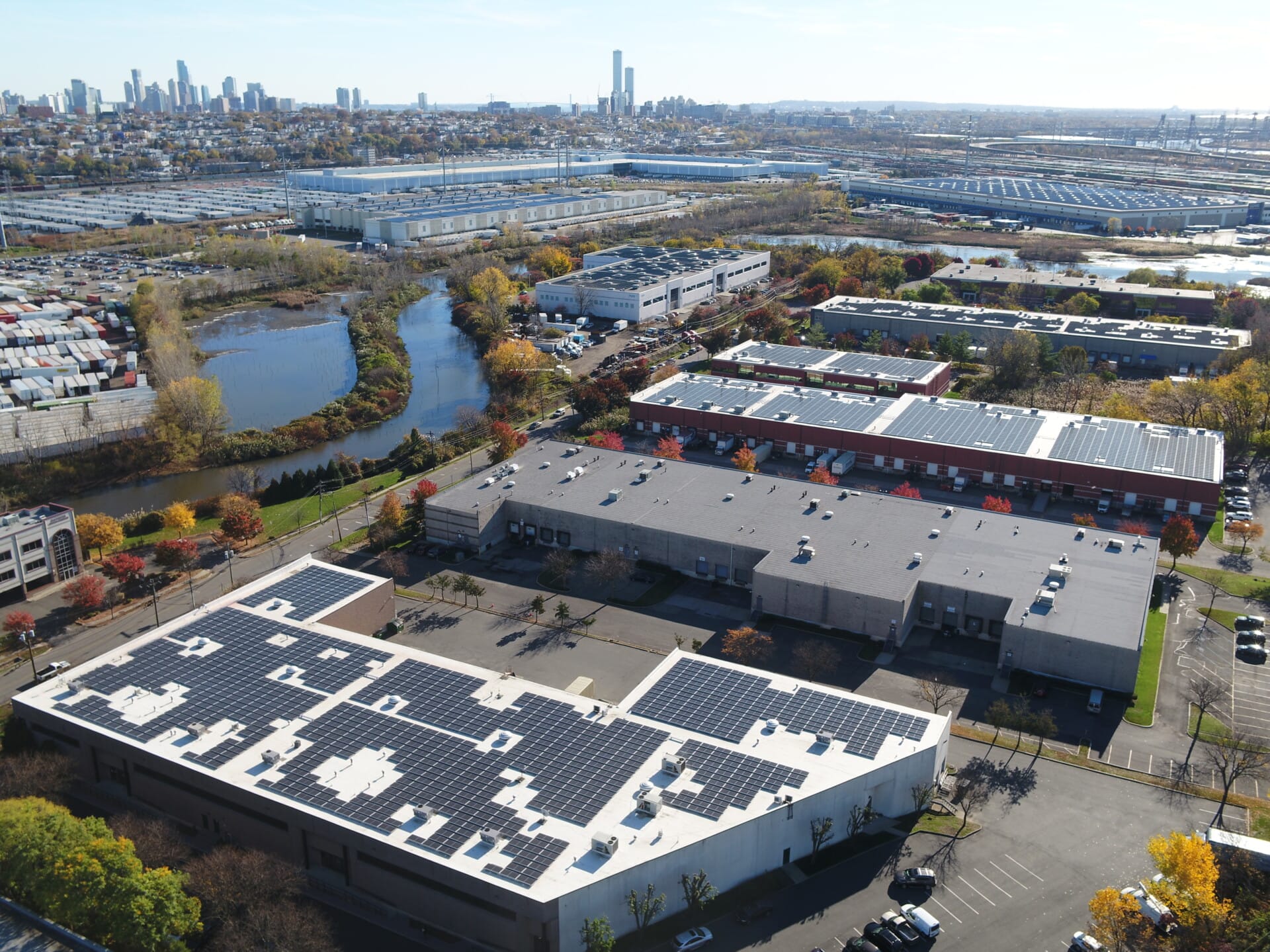A New Tenant Class for Maryland’s Commercial and Industrial Owners Creates Revenue Opportunities

A new Maryland state law has not only solidified the state’s dedication to renewable energy but also introduces a unique opportunity for commercial real estate owners to optimize an untapped revenue resource: their rooftops.
After seven successful years of a community solar pilot program, Maryland has emerged as a leader in renewable energy initiatives. As of 2023, the state boasted at least 95 megawatts of installed community solar capacity, a testament to its commitment to clean energy. In a significant move, Maryland joined 22 other states by adopting a permanent community solar program signed into law in May 2023.
Rooftop Community Solar: A New Tenant Class
Maryland’s community solar program, establishes a new tenant class for commercial real estate owners, enabling owners to turn their rooftops into revenue.
Community solar is a renewable energy model that allows multiple individuals or businesses to share the benefits of a solar energy system without installing panels on their own properties. Instead, solar arrays are installed on a central location, often the rooftop of a commercial building, and the energy generated is integrated into the local grid, benefiting local residents and businesses.
Under a rooftop community solar model, commercial and industrial property owners lease their rooftop to a solar company that develops, builds, owns and operates a solar array on their property. All of the power is sent to the grid, so building tenants are not obligated to purchase any power or sign complicated agreements. Furthermore, unlike traditional ground-mounted community solar sited on greenspace, rooftop community solar maximizes the built environment and preserves open space.
Simple Implementation, Increased Property Values
Rooftop community solar projects present a win-win scenario for commercial real estate owners. The innovative financial model eliminates the need for upfront capital investment, while offering property owners an additional and long-term revenue stream. Solar developers handle installation, operation, and maintenance, providing a hassle-free solution that meets both business and sustainability goals. What’s more, the long-term lease revenues increase Net Operating Income (NOI) and property values, enabling properties to be sold for a premium.
Leading By Example
Public Storage, a leading self-storage owner, has seized the community solar opportunity in Maryland, committing to 56 projects totaling 27.9 megawatts of solar capacity (equal to roughly 2.5MM sq ft of roof space) across the state. These projects will provide power to nearly 2,600 homes, including many low-income residents, and are expected to save Maryland residents nearly $1,000,000 annually on their energy bills.
The innovative program not only aligns with the company’s sustainability goals but also demonstrates the financial benefits of embracing community solar.
Public Storage’s Senior Vice President of Asset Management, Robbie Williams comments, “We are using our underutilized roof space to provide more equitable opportunities for low and moderate-income residents to participate in renewable energy. Residents benefit from reduced utility rates and collectively we all benefit from reduced carbon emissions in the environment.”
Unlimited Potential
Maryland’s newest community solar legislation allows for unlimited community solar capacity, with individual project limits capped at 5 megawatts (the equivalent of about 425,000 square feet of roof space covered in solar panels). Crucially, 40% of a project’s output is earmarked for low- to moderate-income subscribers, emphasizing the state’s commitment to accessibility in renewable energy.
The new program is set to take full effect on January 1, 2025, with regulations to be formulated by the Maryland Public Service Commission by July 1 of the same year. This timeline ensures a smooth transition and sets the stage for the continued growth of community solar projects in Maryland. The state’s proactive approach in establishing clear guidelines demonstrates a commitment to responsible and sustainable energy development.
The Triple Bottom Line
Maryland’s commitment to renewable energy, especially through community solar, showcases the state as a leader in the field. The focus on commercial real estate owners as key players in this transition underscores the mutual benefits – sustainable practices and increased financial growth. Together, Maryland and local real estate owners like Public Storage are setting a precedent for CRE owners to integrate sustainability seamlessly into their portfolios, creating a win-win scenario for both the environment and their bottom line.


